रोल बनाने की मशीनें 已成为金属制品企业不可或缺的工具。这些机器能快速、高效且高精度地生产复杂形状和尺寸的金属制品。如果您是辊压成型新手,可能对这些机器的工作原理、应用以及如何选择适合企业需求的机器有疑问。本文呈现《辊压成型机终极指南》,全面覆盖辊压成型机的一切知识。从不同机型到辊压工艺、维护以及选择合适机器,我们应有尽有。让我们深入《辊压成型机终极指南》,探索这项技术如何助力企业成长。
रोल बनाने की मशीन के प्रकार
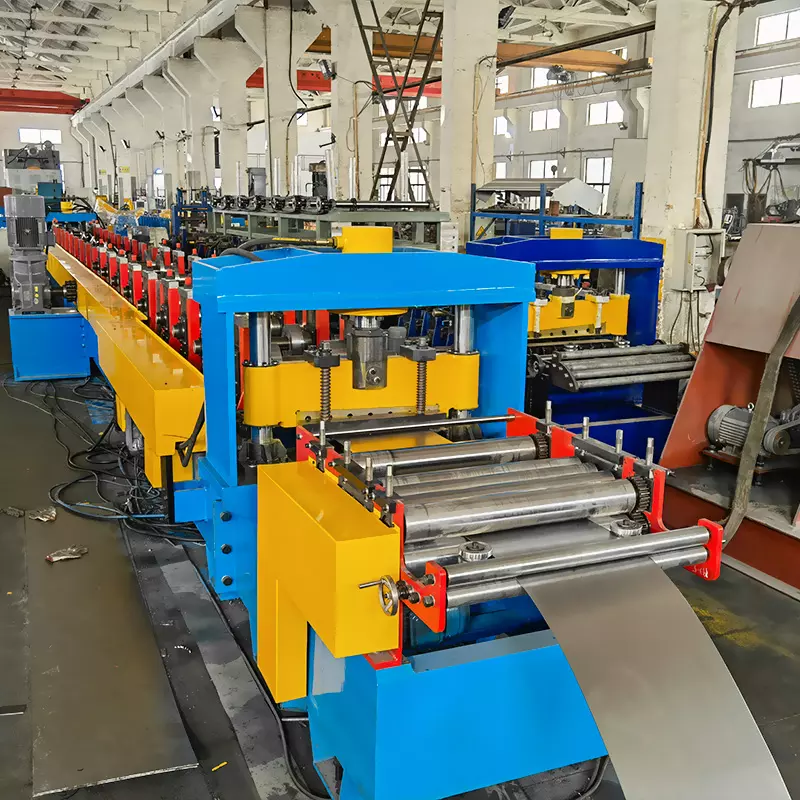
辊压成型机有多种类型,每种均有独特优势和应用。以下是最常见的辊压成型机类型:
- 单道次机器:顾名思义,单道次机器通过一次辊压成型产品。适合生产截面一致的简单型材,常用于高产量生产金属立柱、轨道和帽形槽。
- 多道次机器:多道次机器配备多组辊子,逐步成型产品。适用于生产截面变化的复杂型材,常用于汽车和航空航天行业,生产精密形状和尺寸的零件。
- 双工位机器:双工位机器同时运行两组辊子,从两侧成型产品。常用于生产对称零件,如Z形或C形型材。
- 串联机器:串联机器由两台或多台辊压机组组成,每台负责产品特定部分。适合生产长而重的零件,如屋面板、墙板和金属楼板。
辊压成型机的选择取决于具体应用和生产要求。单道次机适合简单型材的高产量生产,多道次机适合公差严格的复杂型材。双工位和串联机用于对称或长重零件等专业应用。
辊压工艺
辊压工艺通过一系列辊子连续弯曲长金属带材,逐步形成所需形状。以下是主要步骤:
- 材料选择:辊压工艺的第一步是选择合适的产品材料。辊压机适用于铝、钢、铜和 不锈钢.
- 材料准备:选定材料后,将其送入辊压机。通常以卷材形式装载至开卷机,然后送入机器。
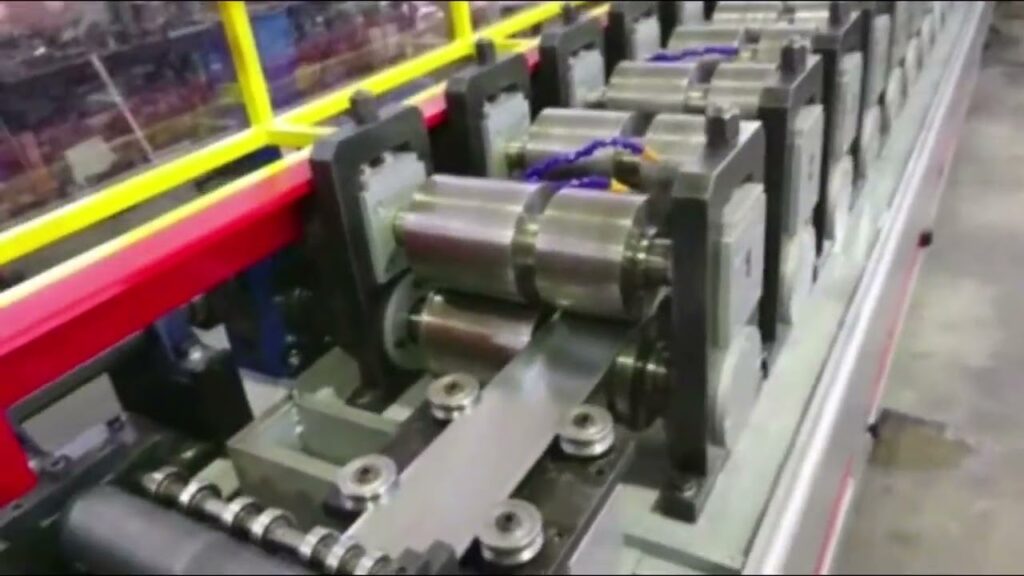
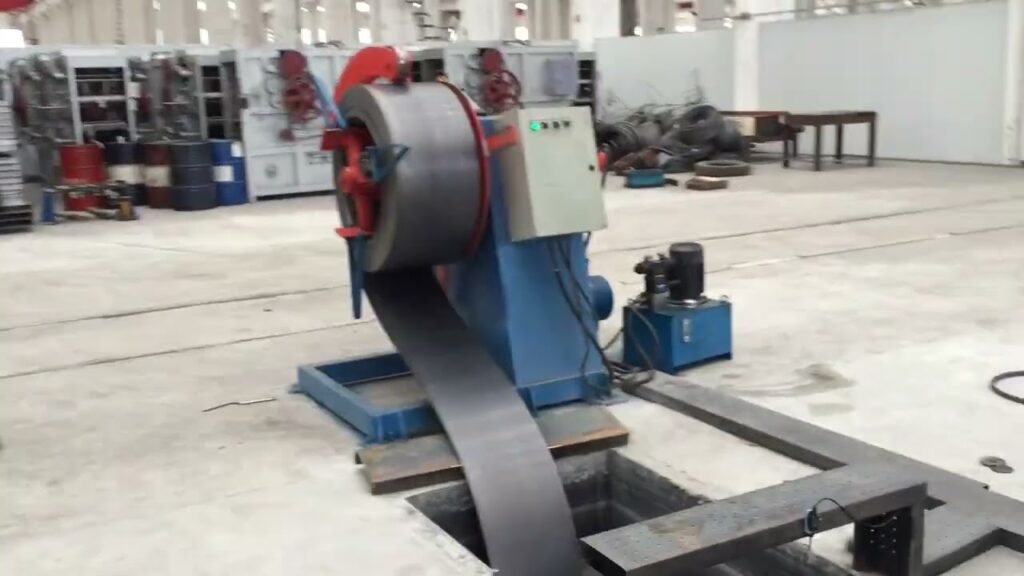
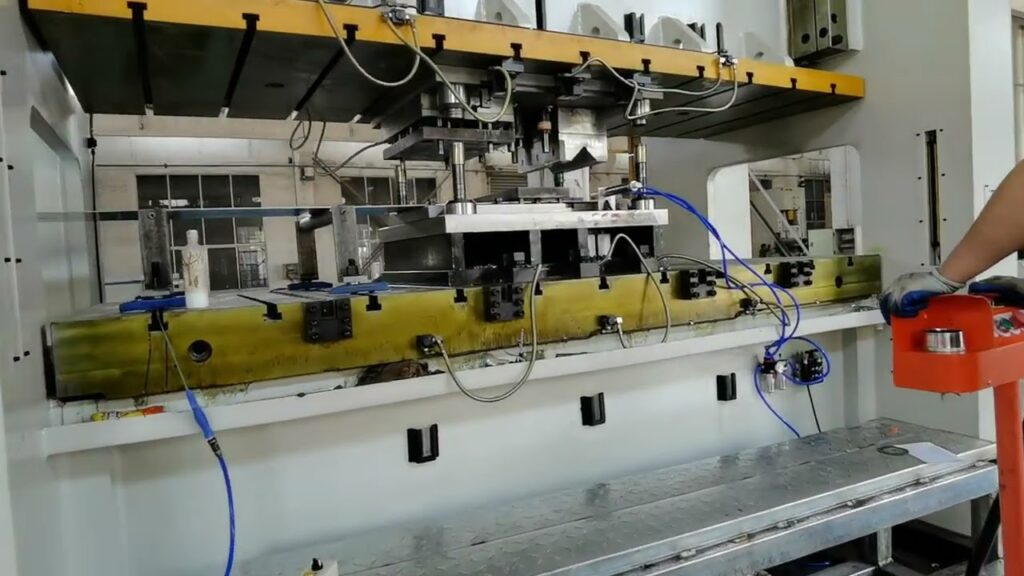
- 预切割:在某些情况下,材料会在送入辊压成型机之前被预先切割成所需长度。
- 成型:材料通过一系列辊轮送入,这些辊轮逐渐将其塑造成所需形状。辊轮设计有特定的轮廓,随着材料通过时对其进行塑形。
- 切割:材料成型完成后,使用切割模具将其切成所需长度。
- 精加工:材料切割后,可采用喷漆、粉末涂层或镀锌等各种技术进行精加工。
辊压成型过程中,有几个因素会影响成品质量。辊轮的形状和轮廓、机器速度以及所用材料的特性均会对最终产品产生影响。此外,对辊压成型机和模具的适当维护对于确保一致的质量至关重要。
总之,辊压成型过程涉及将长条金属连续弯曲通过一系列辊轮,逐渐塑造成所需形状。选择合适的材料、正确的机器设置以及对辊压成型机和模具的定期维护,对于确保成品一致质量至关重要。
辊压成型机的维护与故障排除
-
 विद्युत कैबिनेट फ्रेम रोल बनाने की मशीन
विद्युत कैबिनेट फ्रेम रोल बनाने की मशीन -
 दीन रेल रोल बनाने की मशीन
दीन रेल रोल बनाने की मशीन -
 केबल सीढ़ी रोल बनाने की मशीन
केबल सीढ़ी रोल बनाने की मशीन -
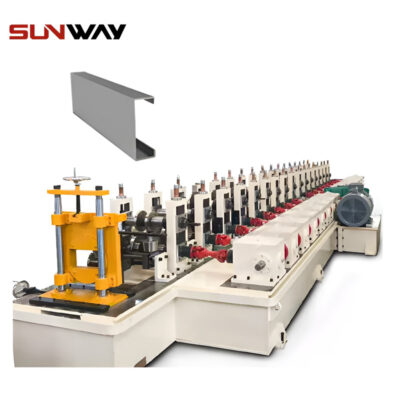 पीवी माउंटिंग ब्रैकेट सी शेप प्रोफाइल रोल बनाने की मशीन
पीवी माउंटिंग ब्रैकेट सी शेप प्रोफाइल रोल बनाने की मशीन -
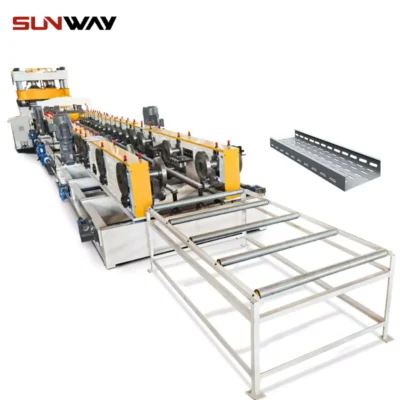 केबल ट्रे रोल बनाने की मशीन
केबल ट्रे रोल बनाने की मशीन -
 पीवी माउंटिंग ब्रैकेट रोल बनाने की मशीन (एचएटी / ओमेगा प्रोफाइल)
पीवी माउंटिंग ब्रैकेट रोल बनाने की मशीन (एचएटी / ओमेगा प्रोफाइल) -
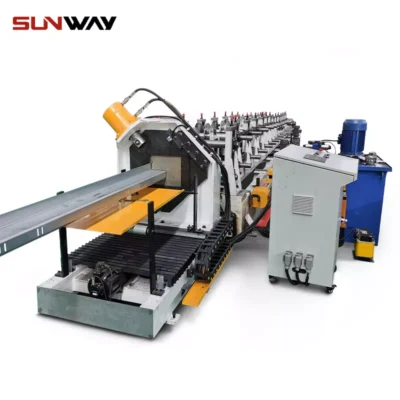 पीवी माउंटिंग ब्रैकेट जेड शेप प्रोफाइल रोल बनाने की मशीन
पीवी माउंटिंग ब्रैकेट जेड शेप प्रोफाइल रोल बनाने की मशीन -
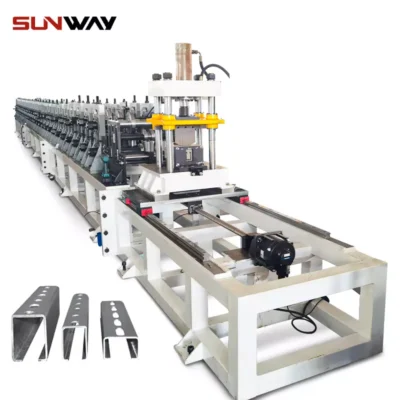 सौर बढ़ते अकड़ चैनल रोल बनाने की मशीन
सौर बढ़ते अकड़ चैनल रोल बनाने की मशीन -
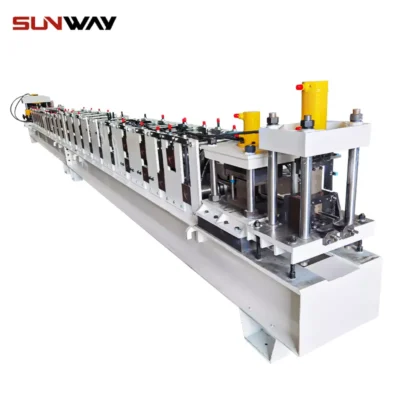 स्ट्रट चैनल रोल बनाने की मशीन
स्ट्रट चैनल रोल बनाने की मशीन
适当维护对于确保辊压成型机的最佳性能和使用寿命至关重要。以下是维护辊压成型机的一些提示:
- 定期清洁:定期清洁机器,防止灰尘、尘土和碎屑积聚。用布擦拭辊轮、导轨和模具,并使用压缩空气吹扫难以触及的区域。
- 润滑:定期润滑机器,防止辊轮和模具磨损。使用机器推荐的润滑剂,并确保将其涂抹到适当部件。
- 检查:定期检查机器,识别任何问题或磨损迹象。检查辊轮、轴承、模具和其他部件是否有损坏,并更换任何磨损部件。
- 校准:定期校准机器,确保其准确生产所需形状和尺寸。检查机器设置并根据需要进行调整。
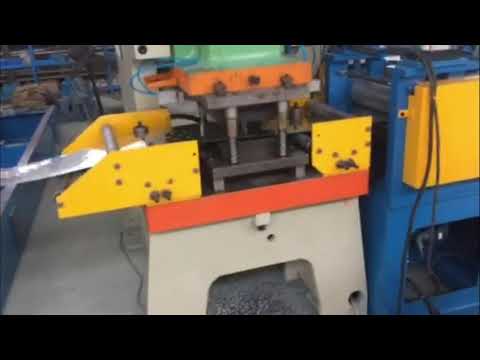
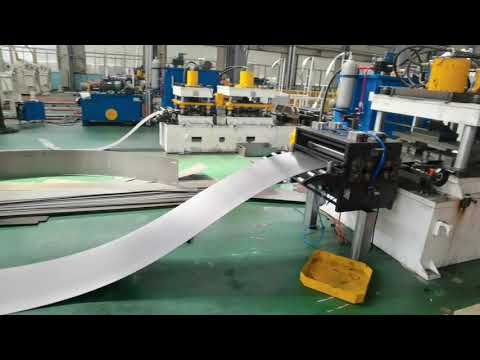
以下是辊压成型机可能出现的一些常见问题及故障排除方法:
- 材料进给不均:材料进给不均会导致成品不一致。检查开卷机,确保线圈均匀进给,并根据需要调整张力。
- 切割不当:切割不当会导致成品过短或过长。检查切割模具,确保其正确对齐并进行干净切割。
- 模具不对齐:模具不对齐会导致成品不合格。检查辊轮和模具的对齐情况,并根据需要进行调整。
- 辊轮磨损:辊轮磨损会导致成品不一致。定期检查辊轮,如发现磨损迹象则予以更换。
总之,适当维护对于确保辊压成型机的最佳性能至关重要。定期清洁、润滑、检查和校准有助于防止问题发生并延长机器寿命。诸如材料进给不均、切割不当、模具不对齐和辊轮磨损等常见问题,可通过故障排除和定期维护予以解决。
选择合适的辊压成型机
选择合适的辊压成型机对于企业实现最佳生产效率和盈利能力至关重要。企业在选择辊压成型机时应考虑以下因素:
- 生产需求:考虑要生产的产品的数量和复杂性。确定所需生产速度、精度和公差,并选择满足这些需求的机器。
- 机器容量:考虑要生产的产品的尺寸和重量,选择能够处理所需容量的机器。辊径较大、马力更高的机器能够生产更大更重的部件。
- 预算:辊压成型机的价格从几千美元到几十万美元不等。选择机器时考虑预算,并在初始投资与潜在长期成本节约之间取得平衡。
- 技术支持:考虑制造商提供的技术支持和售后服务水平。选择提供培训、故障排除和维护支持的制造商,以确保机器的最佳性能。
总之,企业选择合适的辊压成型机时应考虑生产需求、机器容量、预算和技术支持。通过仔细评估这些因素,企业可以选择满足特定需求的机器,实现最佳生产效率和盈利能力。
总之,辊压成型机是从事金属制品生产企业的必备工具。通过《辊压成型机终极指南》获得的知识,企业可以了解不同类型的机器、辊压成型过程、模具、优势、维护、安全注意事项以及如何为企业需求选择合适的机器。通过遵循维护提示并排除常见问题,企业可以确保机器最佳性能和产品一致质量。选择合适的辊压成型机还可以提升生产效率和盈利能力。辊压成型机为企业提供快速、高效、高精度生产复杂金属制品形状和尺寸的能力。



